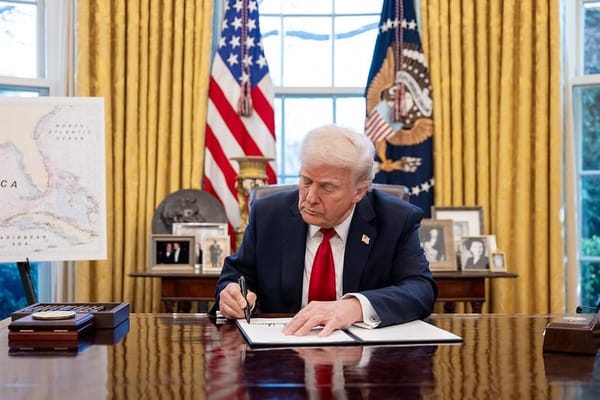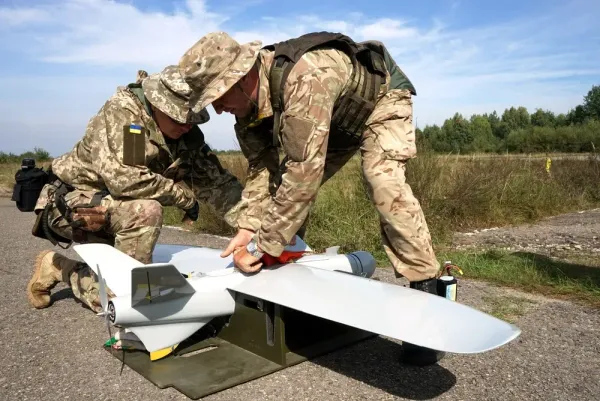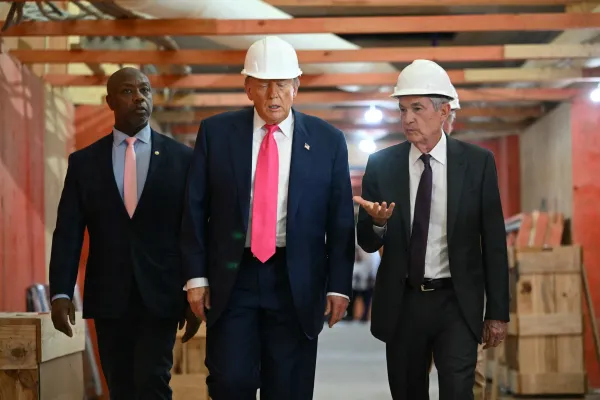Russia Prepares for a Major Summer Offensive
What happened?
Despite ongoing diplomatic efforts, including a 30-day ceasefire proposed by the U.S. and accepted by Ukraine, Putin escalated the war by launching the largest aerial assault yet. On May 26, Russia set a new record by deploying 439 drones and missiles to attack Ukrainian cities. Russia is also amassing approximately 50,000 troops near Kharkiv and recently occupied four villages in Ukraine's Sumy region.

Why does this matter?
-
 Escalation of conflict: Russia's rejection of ceasefire proposals and increased military aggression suggest that Russia intends to escalate the conflict rather than seek a peaceful resolution.
Escalation of conflict: Russia's rejection of ceasefire proposals and increased military aggression suggest that Russia intends to escalate the conflict rather than seek a peaceful resolution.
-
 Economic implications: Continued warfare threatens global economic stability by disrupting energy supplies and increasing defense spending among NATO countries.
Economic implications: Continued warfare threatens global economic stability by disrupting energy supplies and increasing defense spending among NATO countries.
What’s the caveat?
Although diplomatic channels remain open, Russia's actions suggest that they are strategically using negotiations to buy time for military preparations. If no agreement is reached, Ukraine will likely face a renewed and potentially larger Russian offensive in the coming weeks. This would have devastating consequences for the battlefield and Europe's economic stability. Energy prices would spike, while refugee flows and geopolitical risks would increase.





